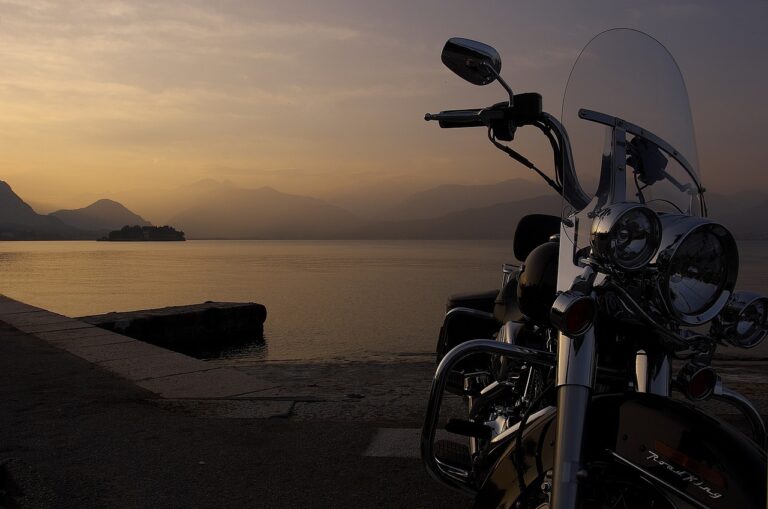How Many Climbers Have Died on Mount Rainier?
More than 400 climbers have lost their lives on Mount Rainier since the first recorded attempt to conquer the mountain's summit in 1897. The mountain's unpredictable weather, crevasses, and steep terrain have proven to be a deadly combination, claiming the lives of even experienced climbers, including guides and park rangers. With a fatality rate disproportionately high compared to other major peaks, Mount Rainier is a formidable challenge that demands respect and preparation. As you venture into the mountain's treacherous landscape, you'll uncover the stories and risks that have shaped its climbing history, revealing the true extent of its fury.
Mount Rainier's Deadly History
Mount Rainier, a majestic behemoth in the Pacific Northwest, has a dark and storied history of claiming lives, earning its reputation as one of the most dangerous mountains in the United States. Since 1897, over 400 climbers have attempted to conquer its snow-capped peak, but more than 60 have met their demise. The mountain's unpredictable weather, crevasses, and steep terrain have proven to be a deadly combination. Even experienced climbers have fallen victim to Rainier's fury, including guides and park rangers. The mountain's fatality rate is disproportionately high compared to other major peaks, making it a formidable challenge for even the most seasoned adventurers.
Climbing Risks and Hazards
Crevasses, hidden beneath a deceptively calm surface, wait like open graves to swallow unsuspecting climbers, while steep rock and ice walls threaten to send even the most experienced adventurers tumbling to their deaths. Mount Rainier's rugged terrain poses numerous risks to climbers, including avalanches, rockfall, and inclement weather. The mountain's unpredictable weather patterns can quickly turn a sunny day into a deadly storm, catching climbers off guard. Additionally, altitude sickness can creep up on climbers, causing disorientation, nausea, and even death. Climbers must be prepared for these hazards, possessing the skills, knowledge, and experience to navigate Mount Rainier's treacherous landscape. A single misstep can be fatal, making it essential for climbers to remain vigilant and focused throughout their ascent.
Fatalities by Year and Season
Since 1897, a staggering 417 climbers have lost their lives on Mount Rainier, with the majority of fatalities occurring during the summer months when the mountain's glaciers are at their most treacherous. The summer season, which typically runs from May to September, accounts for over 70% of all fatalities. This is due to the increased melting of snow and ice, making the glacier surfaces more unstable and prone to crevasses. The months of July and August are particularly deadly, with an average of 10 fatalities per year. Understanding the seasonality of fatalities on Mount Rainier is vital for climbers, as it allows them to better prepare and plan their expeditions.
Causes of Death on Rainier
While the summer months pose the greatest threat to climbers, the underlying causes of fatalities on Mount Rainier are multifaceted and varied, with falls, avalanches, and rockfall topping the list of deadly events. These hazards are often interconnected, making it challenging to pinpoint a single cause of death. For instance, a climber may trigger an avalanche, which then leads to a fall or burial. Crevasse falls are another significant risk, particularly on the mountain's glaciers. Additionally, climbers may succumb to exposure, hypothermia, or altitude sickness. Inclement weather, including high winds and whiteout conditions, can also play a role in fatalities. By understanding these causes, climbers can better prepare and mitigate risks, increasing their chances of a safe and successful ascent.
Notable Climbing Tragedies
Nineteen seventy-four marked a tragic turning point in Mount Rainier's climbing history, as two separate incidents that year claimed the lives of eleven climbers, underscoring the unforgiving nature of the mountain. One incident involved a guided climb led by experienced mountaineer, Dale Stadel, whose group was caught in a severe storm, resulting in seven fatalities. The second incident occurred when a team of four climbers fell to their deaths while descending the mountain's north face. These tragedies led to a re-evaluation of climbing practices and safety protocols on Mount Rainier, highlighting the importance of preparedness, experience, and respect for the mountain's power.

